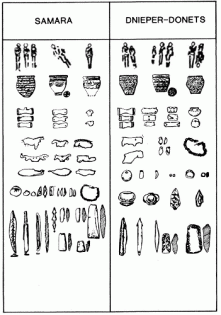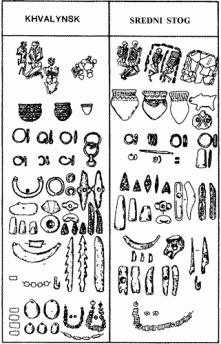Peaceful people can primarily live in isolation or as a subjugated entity, which is not fully independent and under the control and/or protection of another, more warlike people. Warfare is in human nature, we already see it in chimpanzees.
There are however cultures and people with a stronger or weaker emphasis on warfare, like in their religion, ethics, ideology and social-moral evaluation etc. If we look at the intensity and brutality of warfare, pre-IE was either as intense or more so by most realistic accounts. Actually things got overall more peaceful over time, because larger entitities began to control larger pieces of land and more people, which relatively pacified things in comparison to the earlier, pre-Copper Age stage, when small scale warfare was the norm and happened all the time.
The biggest difference being, in my opinion, that while there was constant small scale warfare before, which oftentimes had little effect than killing a certain percentage of males, with TRB-GAC and PIE at the same time, we see a much larger scale mobile warfare, which was not necessarily more brutal or frequent, but way more consequential.
I would compare it with the age old warfare among Papuans, which rarely exterminates one tribe and clan completely, but it happens all the time, vs. Turkic and Mongol warfare, which was not more frequent, but much bigger in scale and could annihilate a whole range of groups and either exterminate those or assimilate and mix with them.
Same here, PIE brought warfare to the next level, that's what they really did. But they weren't even the first, TRB-GAC pretty much did the same thing, so did other groups of LN-CA people. For some reason, the PIE were in the end just the most effective.





